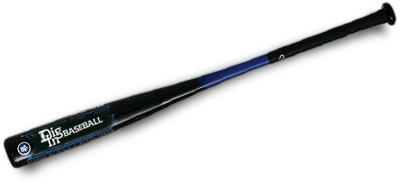Outfield-to-Infield: When to Cut
Outfield-to-Infield: When to Cut
Before a ball is put into play, infielders must be aware of these things to make the right decision about playing the cut-off man role:
- The inning
- The score
- How many outs are on the board
- The speed of runners on base
- The speed of the batter
- The arm strength of outfielders now in the field
- The weather and field condition
As an infielder, when the ball is hit to the outfield, listen to the catcher’s call as you head to the outfield (both hands up) in the direction of the ball. Line up with the bag according to your catcher’s call. The player covering the bag will make the call whether you’ll cut the ball and hold, cut and relay it to the bag, or let the ball pass through.
The cut-off man needs to have active feet and be an active listener because the call might change, and then, the relay might need to go to a different bag. Some frequently used words for calls are:
- “Cut” or “cut-and-hold” for the cut-off man to catch and retain the ball;
- “Cut (number of the bag 1 thru 4)” for the cut-off man to relay the throw to another bag. Some might use the term “relay;”
- If no call has been made, let the ball pass through. Some might use “go-go go” for this purpose.
The only time you as cut-off man make the decision of cutting a throw is if you read the throw is offline or weak. Nevertheless, you need to be able to read the throw right out of the outfielder’s hand.
When have you made a successful cut-off or assisted in a cut-off? Why was it successful? Do you agree it all comes down to solid communication? ~ By Coach Jorge Pichardo. Coach Pichardo, a Dig In Baseball coaching alum, played shortstop and third base in the Dominican Republic and for Division I and III college programs in the U.S. Contact him at jpichardo@diginbaseball.com.





